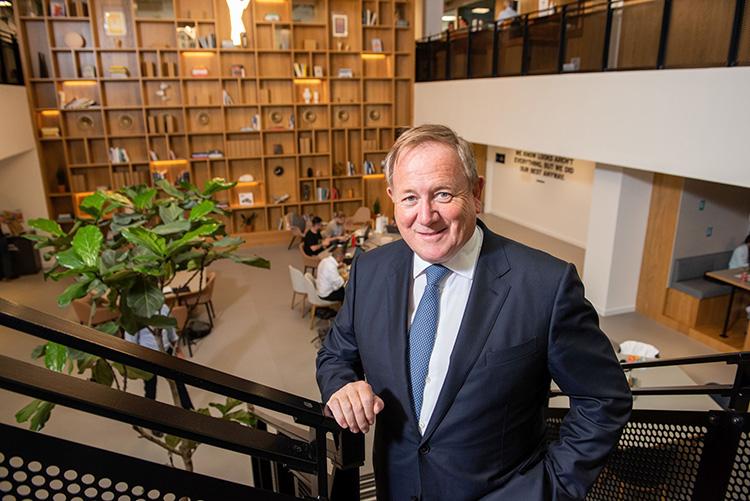2025-01-09
office

The workplace landscape is undergoing a significant transformation as businesses embrace hybrid working models and prioritize employee well-being and productivity. Predictions for 2025 indicate that companies will focus more than ever on creating environments that foster happiness and efficiency, driven by advancements in technology and changing workforce expectations. Despite persistent conversations about a “Return to Office” trend in late 2024, the reality is far more nuanced. Hybrid working has become the norm for many businesses, enabling employees to work from various locations. Companies are now moving beyond the debate of where employees work, focusing instead on measurable outputs and business objectives. Mark Dixon, CEO of International Workplace Group (IWG), emphasizes the role of hybrid working in driving productivity, stating that success hinges on good management and clear KPIs rather than office presence. Studies support this view, with 75% of employees reporting higher productivity under hybrid models. The hybrid model is expected to grow as businesses re-evaluate their real estate strategies, resizing office spaces to reduce costs and provide greater flexibility. This shift not only aligns with employee preferences but also offers companies a competitive edge in attracting and retaining top talent. In 2025, the impact of hybrid working will extend to economic revitalization, with commuter towns benefiting from increased local work activity. Former commuter hubs are transforming into vibrant communities as employees balance working from home, local offices, and occasional city-center visits. The adoption of technology is reshaping workplace dynamics. Tools like AI-based inventory systems, electronic shelf labels, and advanced resource management platforms are empowering businesses to optimize operations and reduce costs. For smaller businesses, the demand for scalable, flexible workspaces is rising. IWG reports that SMEs, now contributing roughly half of global GDP, are driving the need for professional work environments in suburban areas. This trend is set to grow as more companies seek local office solutions to complement hybrid working models. Generation Z, set to comprise a third of the global workforce by 2025, is redefining workplace norms. Their expectations for flexibility, work-life balance, and digital integration are shaping employer strategies. Companies unwilling to adapt to these preferences risk losing access to emerging talent. The financial and time-saving benefits of hybrid working further underscore its appeal. Employees can save substantial amounts by reducing daily commutes, with potential savings reaching hundreds of thousands of dollars over a career. Hybrid working is also helping to bridge gender gaps in leadership. By offering flexibility, it enables women to take on senior roles while balancing family responsibilities, leading to greater representation in executive positions. Meanwhile, the focus on employee wellness is intensifying. Hybrid arrangements are becoming as desirable as traditional benefits, with businesses incorporating fitness programs, mental health initiatives, and flexible schedules to support their teams. Governments are also stepping in to protect work-life balance, with laws like the “right to disconnect” gaining traction worldwide. This trend reflects a broader recognition of the need to shield employees from overwork in a digitally connected era. Hybrid working is reshaping urban centers, prompting developers to reimagine traditional office spaces. Mixed-use developments are emerging, blending workspaces with residential, retail, and leisure facilities. Examples like London’s Canary Wharf and Atlanta’s Star Metals district highlight this shift as cities adapt to reduced commuter footfall and evolving worker preferences. As businesses navigate the evolving workplace landscape, hybrid working is emerging as a cornerstone of modern employment. “In 2025, we will see increasing time and focus from business and HR leaders on improving the productivity, happiness, and loyalty of their people,” says IWG’s Mark Dixon. The transition to hybrid work represents more than a response to current challenges—it offers a blueprint for a sustainable, resilient, and employee-focused future. Source: IWG Photo: Mark Dixon, CEO of International Workplace Group (IWG)

